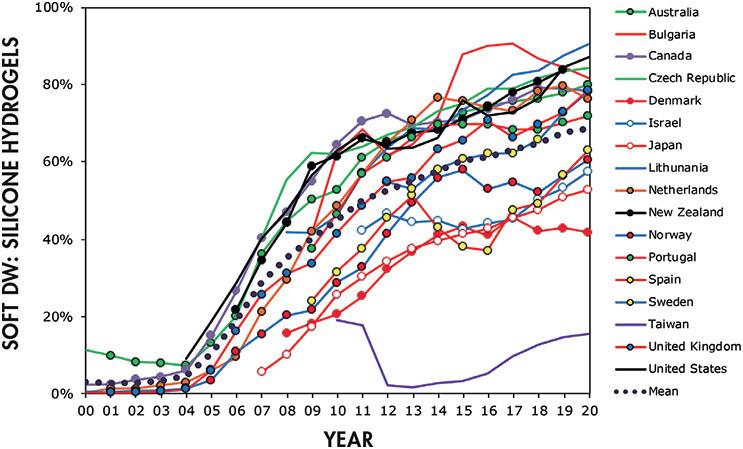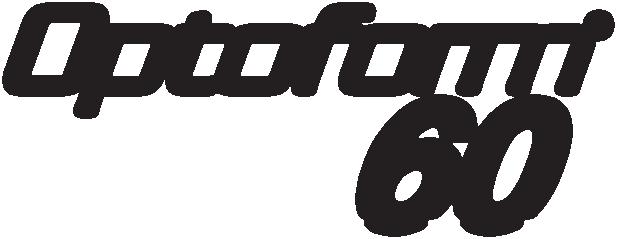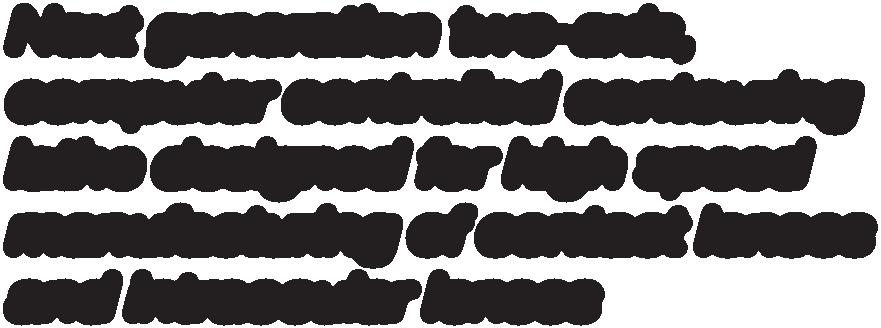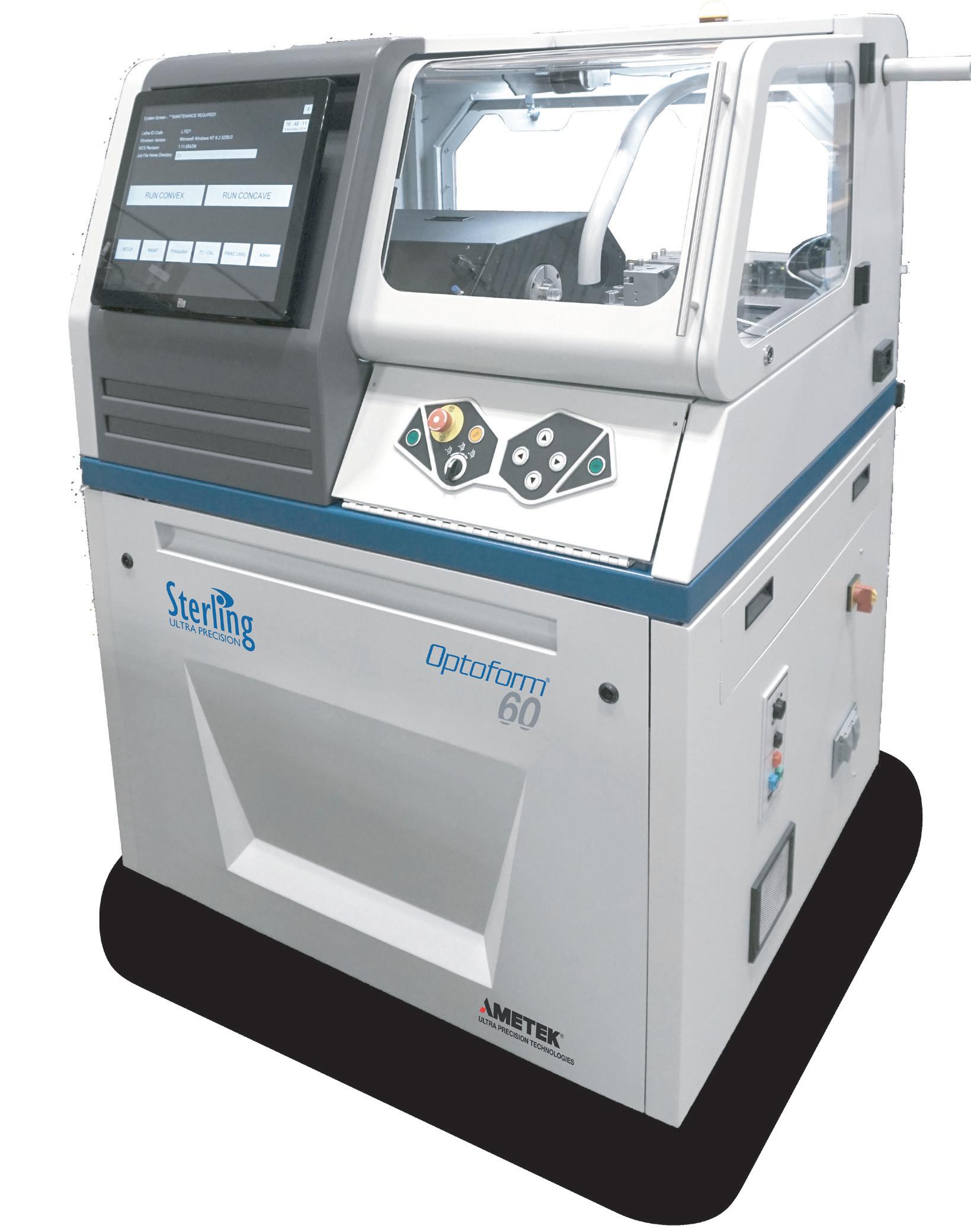
4 minute read
OutLOOK
It’s probably best to leave 2020 behind, especially ‘in hindsight’… . Let’s take a look forward into this vision industry of contact lenses – starting by going back to look at the 2020 survey data from Eurolens Research and the great work of Phil Morgan and colleagues at the University of Manchester (UK). By Eef van der Worp
Despite the pandemic, they still managed to analyse the annual survey results, which have run over two decades now. Information was gathered from 25 countries with a total of 13.311 contact lens fits in 2020. It is important to note that this survey provides information about contact lens fits (new and refits), this is not market data on what is worn and sold. But it is presumed that information about current lens fits can hint at market shares of the future.
Advertisement
SILICONE HYDROGEL LENSES DOMINATE
One of the trends is that silicone hydrogel (SH) lenses dominate the market of soft lenses now; worldwide, 72% of all soft lens fits are with SH. This is pretty similar and within a relatively narrow band for most European countries but is lagging a tad compared to the US (84% of lens fits are with SH there). But generally, since the introduction of SH for daily wear (DW) in 2004, a steady increase is seen (see graph) in almost all countries. Another interesting trend is with regard to daily disposables (DDs); the ratio of DDs versus reusables is now almost 50-50: 46%-54% to be exact and increasing in favour of DDs. It will not be long it seems before DDs outperform reusable lenses in that regard. Here though, remarkable differences can be seen between markets – even within relatively small geographical regions such as Europe, significant differences are reported, with Russia (8%), Bulgaria, Greece (13%), and Spain (22%) all seriously below the benchmark, while 68% of soft lens fits in Denmark are with DDs. About half of the presbyopic lens wearers are fitted with a multifocal lens, according to the survey results, while 10% in that age group get monovision (the rest only get a distance correction, with presumably reading glasses for near). The highest newcomer in the list is the scleral lens: 3% of all registered lens fits are with sclerals, which now has finally earned its own category in the annual survey. It is not so much the absolute value in percentage that is of interest (the contact lens specialist returning the survey form may not per se always be the average eye care practitioner), but here again it may be the trend that is of interest. Of all rigid lens fits, 6% are indicated to have a myopia control purpose, while this is true for 2% of all soft lens fits – but with large differences again between countries, and with a huge potential maybe going forward.

WHAT WILL 2021 BRING US?
trends started (DDs and SH) are likely to continue. Sclerals always will stay a niche market, but while (based on pure speculation) in the US there may come a point when some saturation is reached in the market (although many have been expecting a plateau for years), in Europe there may be room for improvement and an increase in lens fits as the modality has not nearly reached its full potential in the region compared to the US. Myopia management with contact lenses has just scratched the surface, with orthokeratology having the best track record in the optical intervention category to date. On average, in all markets with substantial rigid lens fitting proportions, 22% of all rigid lens fits are orthokeratology – but with huge differences again (Spain reports 46% of all rigid lens fits being for orthokeratology). It is pretty likely that a new trend will start to emerge in the coming year, and years, regarding ‘soft lenses for myopia management’. A very positive outlook to both correct and to preserve vision. For more on this topic, and the potential, see the myopia article and Global Specialty Lens Symposium coverage in this edition of GlobalCONTACT on page 16ff. The full report on the Eurolens Research Survey was published in the January 2021 edition of Contact Lens Spectrum. All in all, it doesn’t seem like a very daring proposition to say that the outlook for this part of the vision industry does not look bad at all in general, with great challenges but certainly opportunities ahead of us. Hope to SEE you all in 2021 somewhere. LOOK forward to it.
Reference
Morgen et al – International Contact Lens Prescribing in 2020 – Contact Lens Spectrum Jan. 2021. https://www.clspectrum.com/issues/2021/ january-2021/international-contact-lens-prescribing-in-2020
Eef van der Worp, BOptom, PhD, FAAO, FIACLE, FBCLA, FSLS is an educator and researcher. He received his optometry degree from the Hogeschool van Utrecht in the Netherlands (NL) and has served as a head of the contact lens department at the school for over eight years. He received his PhD from the University of Maastricht (NL) in 2008. He is a fellow of the AAO, IACLE, BCLA and the SLS. He is currently adjunct Professor at the University of Montreal University College of Optometry (CA) and adjunct assistant Professor at Pacific University College of Optometry (Oregon, USA). He lectures extensively worldwide and is a guest lecturer at a number of Universities in the US and Europe.
Advertisement















